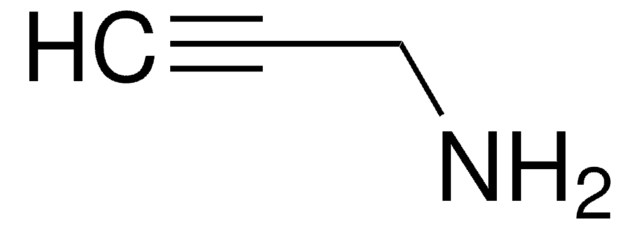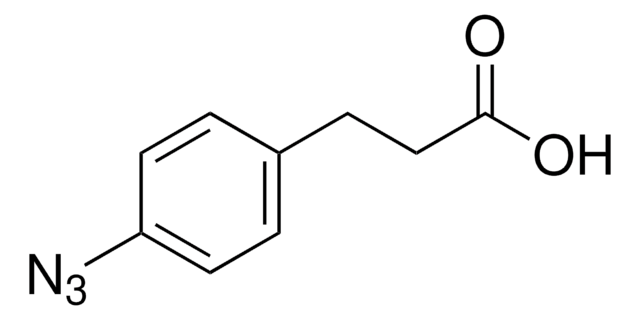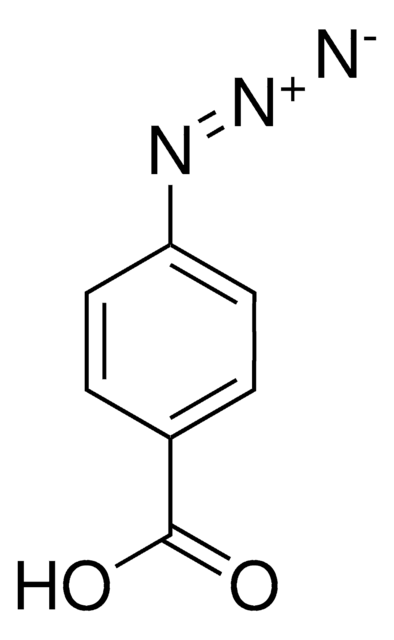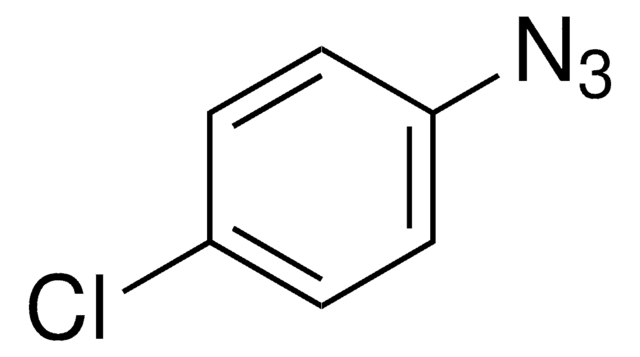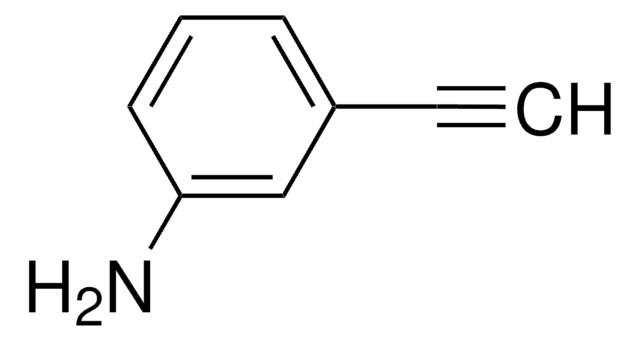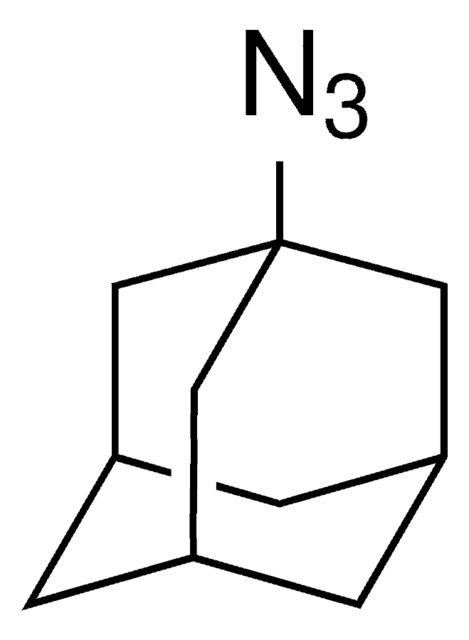359556
4-Azidoaniline hydrochloride
97%
Synonym(s):
4-Aminophenyl azide hydrochloride
About This Item
Recommended Products
Quality Level
assay
97%
reaction suitability
reaction type: click chemistry
mp
165 °C (dec.) (lit.)
functional group
azide
SMILES string
Cl.Nc1ccc(cc1)N=[N+]=[N-]
InChI
1S/C6H6N4.ClH/c7-5-1-3-6(4-2-5)9-10-8;/h1-4H,7H2;1H
InChI key
SDYAJRBHPPWHSF-UHFFFAOYSA-N
Looking for similar products? Visit Product Comparison Guide
Application
signalword
Danger
Hazard Classifications
Acute Tox. 3 Dermal - Acute Tox. 3 Inhalation - Acute Tox. 3 Oral - Eye Irrit. 2 - Flam. Sol. 2 - Skin Irrit. 2 - STOT SE 3
target_organs
Respiratory system
Storage Class
4.1B - Flammable solid hazardous materials
wgk_germany
WGK 3
flash_point_f
Not applicable
flash_point_c
Not applicable
ppe
Eyeshields, Faceshields, Gloves, type P3 (EN 143) respirator cartridges
Choose from one of the most recent versions:
Already Own This Product?
Find documentation for the products that you have recently purchased in the Document Library.
Customers Also Viewed
Our team of scientists has experience in all areas of research including Life Science, Material Science, Chemical Synthesis, Chromatography, Analytical and many others.
Contact Technical Service